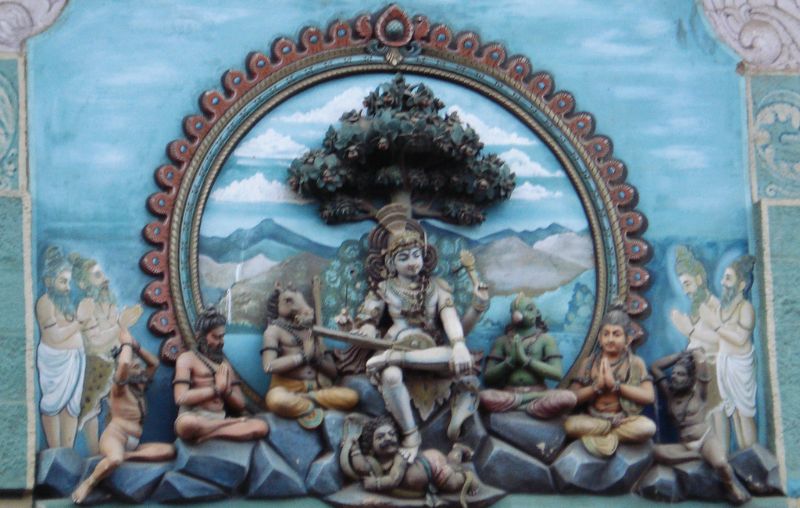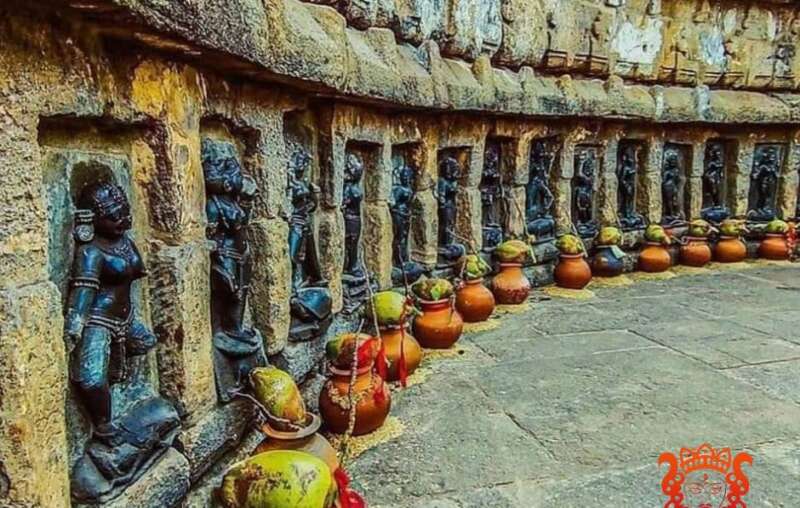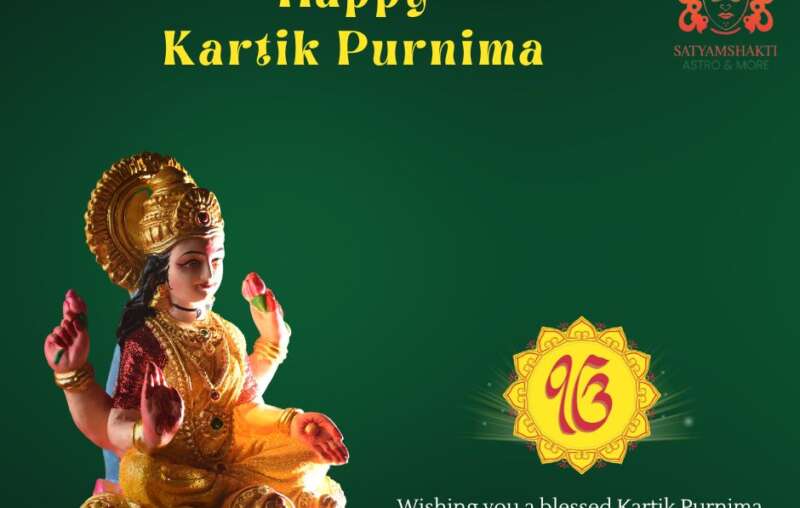Sri Dakshinamurti is depicted in 4 different forms, Yoga-Dakshinamurti as a teacher of yoga, Vīnādhara-Dakshinamurti as a great teacher of music, both instrumental and vocal and other arts, Jnāna-Dakshinamurti as the preceptor and one who imparts enlightenment, Vyākhyāna-Dakshinamurti as an expounder of other Sashtras. The image of Sri Dakshinamurti with its unique attributes of a teacher imparting the highest knowledge finds a significant place in Indian art and Temple Architecture.
Dakshinamurti in Indian temple architecture
The craftsman goes through the whole process of self-purification and worship, mental visualisation and identification of consciousness with the form evoked and then only translates the form into stone or metal. Thus, the trance formulae become the prescriptions by which the craftsman works and as such they are commonly included in the Śilpa Sashtras, the technical literature of craftsmanship . To embellish form the artist uses decorative treatment, to bring serenity in form he may take up divine approach, to beautify the form he searches parallels in nature, to get a vicarious pleasure he distorts the form or to obtain an empowering form he exaggerates the normal form by filling up with strength and vigor. The imagery of Dakshinamurti in Indian temples from the walls of the sanctum, the panels along the circumambulatory path, the pillars and the gopuras of the temple complexes are analyzed and discussed in a similar line of thought, elucidate form of Dakshinamurti as serene, empowering, beautiful and decorative.
Dakshinamurti adjacent to the Sanctum – Mahakaleshwar Jyotirlinga is situated below ground level of the Garbhagriha in the main temple. The idol of Mahakaleshwar being a linga facing the south is known to be Dakshinamurti. This is a unique feature upheld by tantric traditions found only in Mahakaleshwar among the 12 Jyotirlingas. The Dakshinamurti which is in a contemplative posture and imparting gestures is housed in a small niche or a small mantapa adjacent to the sanctum. Most of the navagraha temples, which were visited and documented in Tamil Nadu, have a small shrine dedicated to Dakshinamurti adjacent to the sanctum. Of which fine examples were found in the Alangudi, the Guru temple, Thingalur, the Candra temple and Kezhaperumpallam, the Ketu temple (fig 1) along with Nataraja temple, Chidambaram (fig 2) and Brhadiśvara temple of Tanjore (fig 3). The forms of Dakshinamurti in all these temples are serene and similar to that of Vyākhyāna-Dakshinamurti as an expounder of other Sashtras. His body composed of eternal bliss and sitting in vīrāsana , the spread of the banyan tree symbolic of māyā (illusion) with his attributes of snake, lotus and a book or aksamālā, and the āpasmārapurusha under his right leg. This form of Dakshinamurti finds its similarity with the description given by Śankara in his Dakshinamurti Stotram, which says,
Dakshinamurti panels on the walls of Temples – The panels on the South side of the temple are elaborate and of a descriptive quality and are spread on a larger space compared to the Dakshinamurti images discussed earlier. The composition is divided into three portions with the eye catching central space dedicated to Dakshinamurti flanked by smaller divisions complemented by a number of images. As an interesting example, the Dakshinamurti panel in the Airavatehswara temple at Darasuram has four pillars which divide the space into three portions. The central niche has Dakshinamurti seated in all calmness and imparting gestures and flanked by two panels on either side which are host images which look like sages, human forms and dwarfs with varied expressions. The Dakshinamurti panel in the Kailasanatha temple at Kancipuram is of similar division of space with three portions and the central niche dedicated to Dakshinamurti and flanked by lions and sages. The description about Dakshinamurti given in the Śivanidhi helps in relating to this panel and identifying the images flanking Dakshinamurti.
Dakshinamurti of white complexion of sacred ash carries the crescent moon on his head, his hands have gestures of knowledge, a rosary, a lute and a serpent and sacred staff called Yogapatta. He sits on a seat called Vyākhyāna pītha and is surrounded by all great sages and is of a calm temperament. He is adorned by serpents and wears the skin of a deer and is very auspicious. Seated under a banyan tree in the Mount Kailāsa, on the right he is flanked by Jamadagni, Vasistha, Bhrgu and Nārada and on the left are Bharadvāja, Śaunaka, Agastya and Bhārgava. The names, of the sages and forms around Dakshinamurti vary from text to text.
Dakshinamurti on Temple Pillars – Dakshinamurti depicted on the pillars are smaller in size and exhibit movement in the image, which seems to be responding or alive. The Dakshinamurti on a pillar opposite the Meenakshi Sundareshwara temple in Madurai is a very good example of this to life image. This image of Dakshinamurti sitting in all its majesty looks downward with a rare smile radiating compassion. It is observed in Chidambaram, Nataraja temple and the Guru temple in Alangudi the Dakshinamurti on the pillar is not facing the south but is facing the north. These two images of Dakshinamurti are also very expressive and in the mood of imparting knowledge.
Dakshinamurti depicted on the Gopuras – The temple towers act as galleries exhibiting a variety of gods, goddess and human figures along with animal figures in the entrances of temples. These are narrative, sometimes colourful and decorative. The Gopuras of some of the temples like Nataraja temple, Chidambaram, Brihadeshwara of Tanjore, Arunachaleshwara of Tiruvannamalai exhibit Dakshinamurti on the southern walls of the gopuras in his various forms like Vyākhyāna-Dakshinamurti, Yōga-Dakshinamurti, Vīnādhara-Dakshinamurti and jnāna-Dakshinamurti.



